
A portable containment device that can be dropped on a truck.

A portable containment device that can be dropped on a truck.
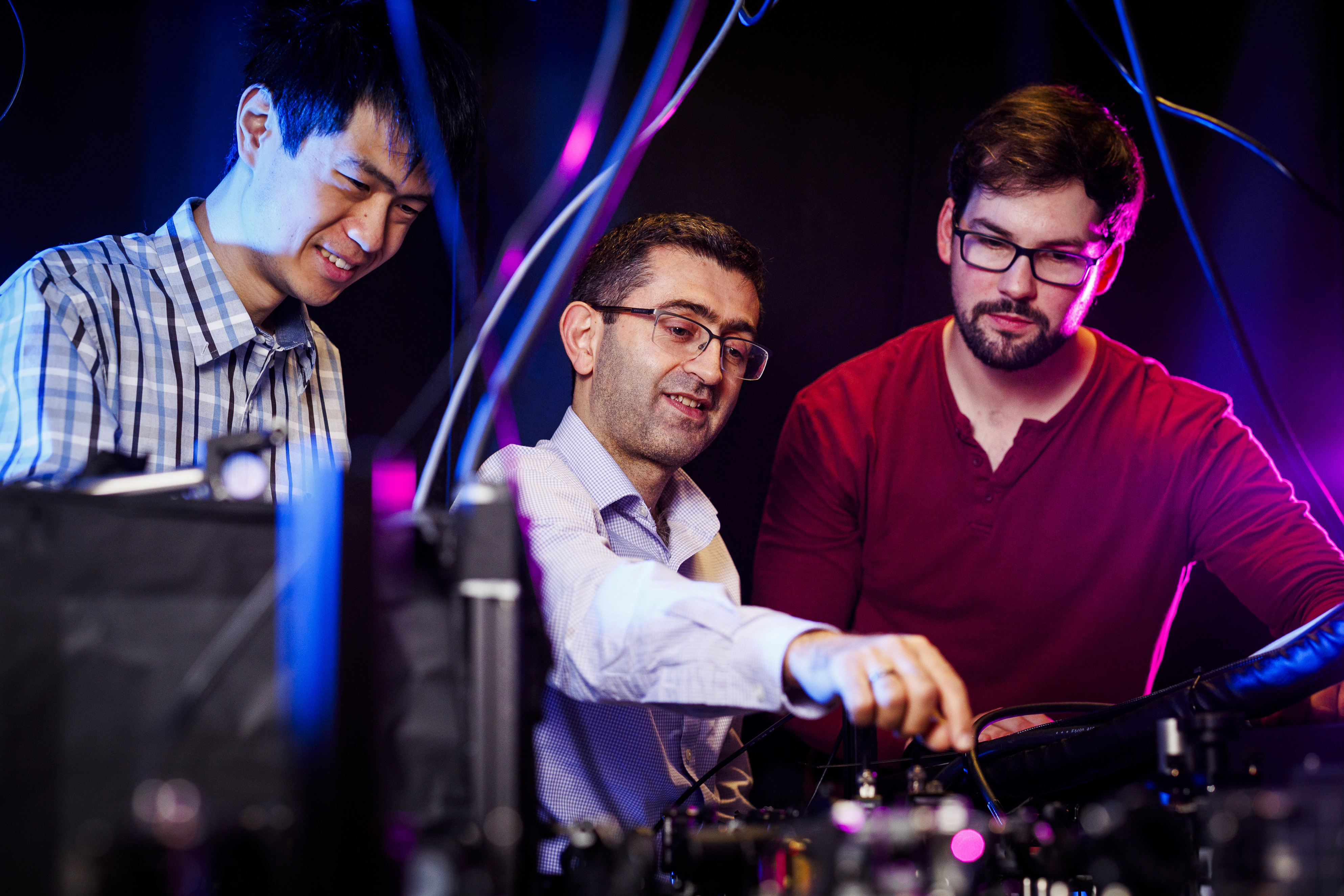
MIT physicists created a long-lasting magnetic state in a material, using only light. The results provide a new way to control and switch antiferromagnetic materials, which are of interest for their potential to advance information processing and memory chip technology.

Three new species of superconductivity were spotted this year, illustrating the myriad ways electrons can join together to form a frictionless quantum soup.

In a first, researchers have shown that adding more “qubits” to a quantum computer can make it more resilient. It’s an essential step on the long road to practical applications.

For a decade, Google Research has helped advance nuclear energy R&D

In the span of four decades, quantum computation has evolved from an intellectual curiosity to a potentially realizable technology. Today, small-scale demonstrations have become possible for...

US scientists made a breakthrough in fusion energy, discovering a new fuel mix that could improve efficiency and reduce tritium reliance.

Fast prototyping revives a 70-year-old reactor design

The ATLAS facility will use three ultra-high intensity lasers to initiate the same reaction that powers the Sun and stars.

Physicists have ruled out a mundane explanation for the strange findings of an old Soviet experiment, leaving open the possibility that the results point to a new fundamental particle.
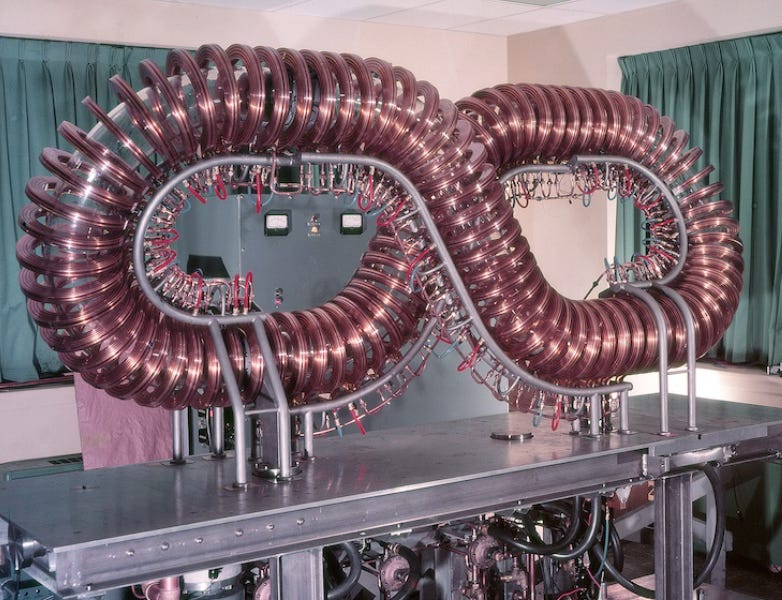
“Every one of the stars in the sky uses fusion to generate enormous amounts of energy. Why shouldn’t we?”
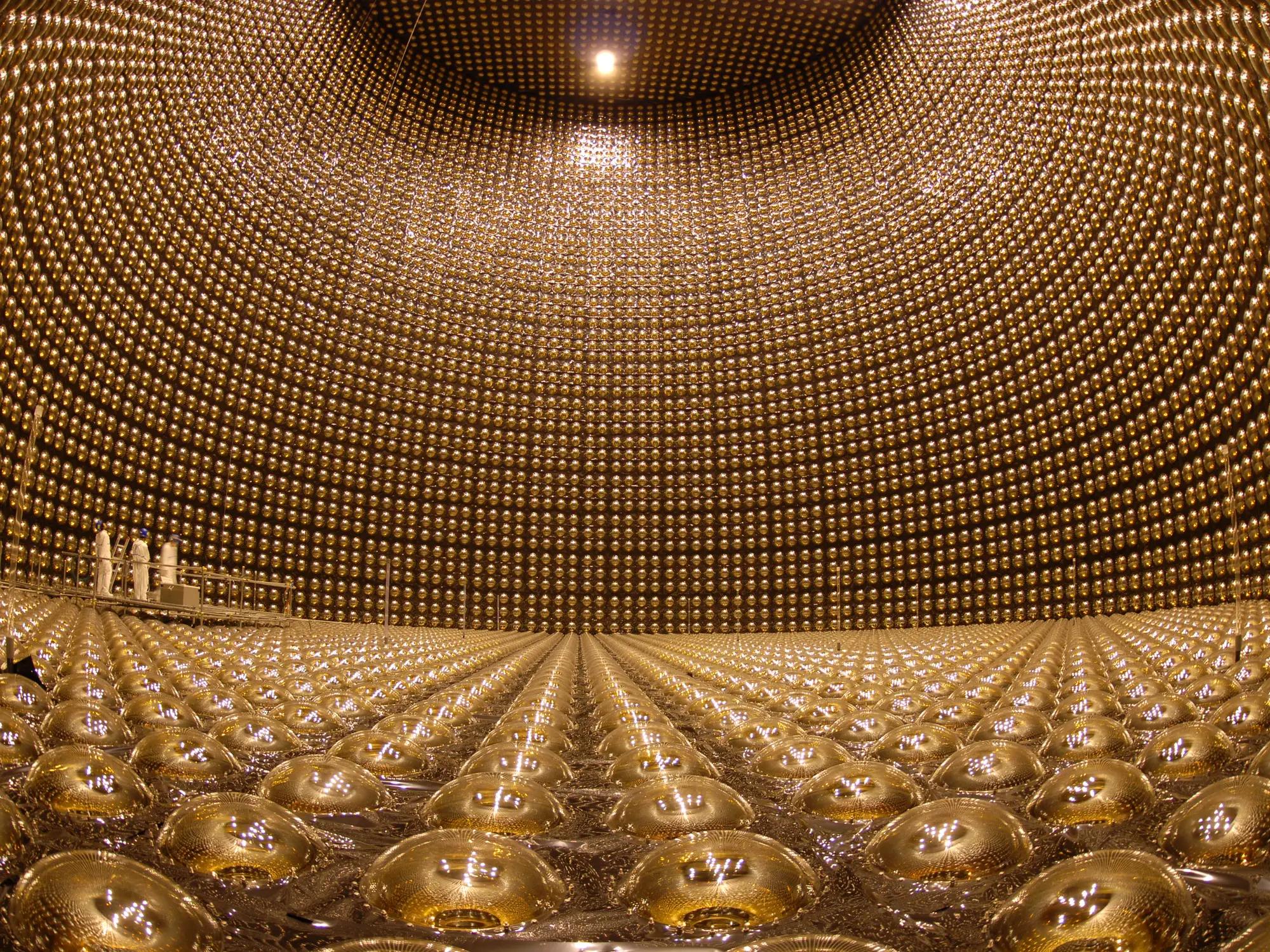
They hold the keys to new physics. If only we could understand them.

We explain how lasers work and all the fascinating ways they're being used.

Electric cars and laptop batteries could charge up much faster and last longer thanks to a new structure that can be used to make much better capacitors in the future.

A physicist explains the planetary orbit in Netflix's 3 Body Problem based on computational analysis run in more than 10 billion bodies.

Your most frequently asked questions about gravity, answered. Now with more spooky action at a distance!

Electron tornadoes that mimic “magnetic monopoles” emerge from specks of rust

Lawrence Livermore's Forensic Science Center played a crucial role in helping to solve a notorious 1990s murder case.

The positively charged particle at the heart of the atom is an object of unspeakable complexity, one that changes its appearance depending on how it is probed. We’ve attempted to connect the proton’s many faces to form the most complete picture yet.

Altermagnets, theorised to exist but never before seen, have been measured for the first time and they could help us make new types of magnetic computers
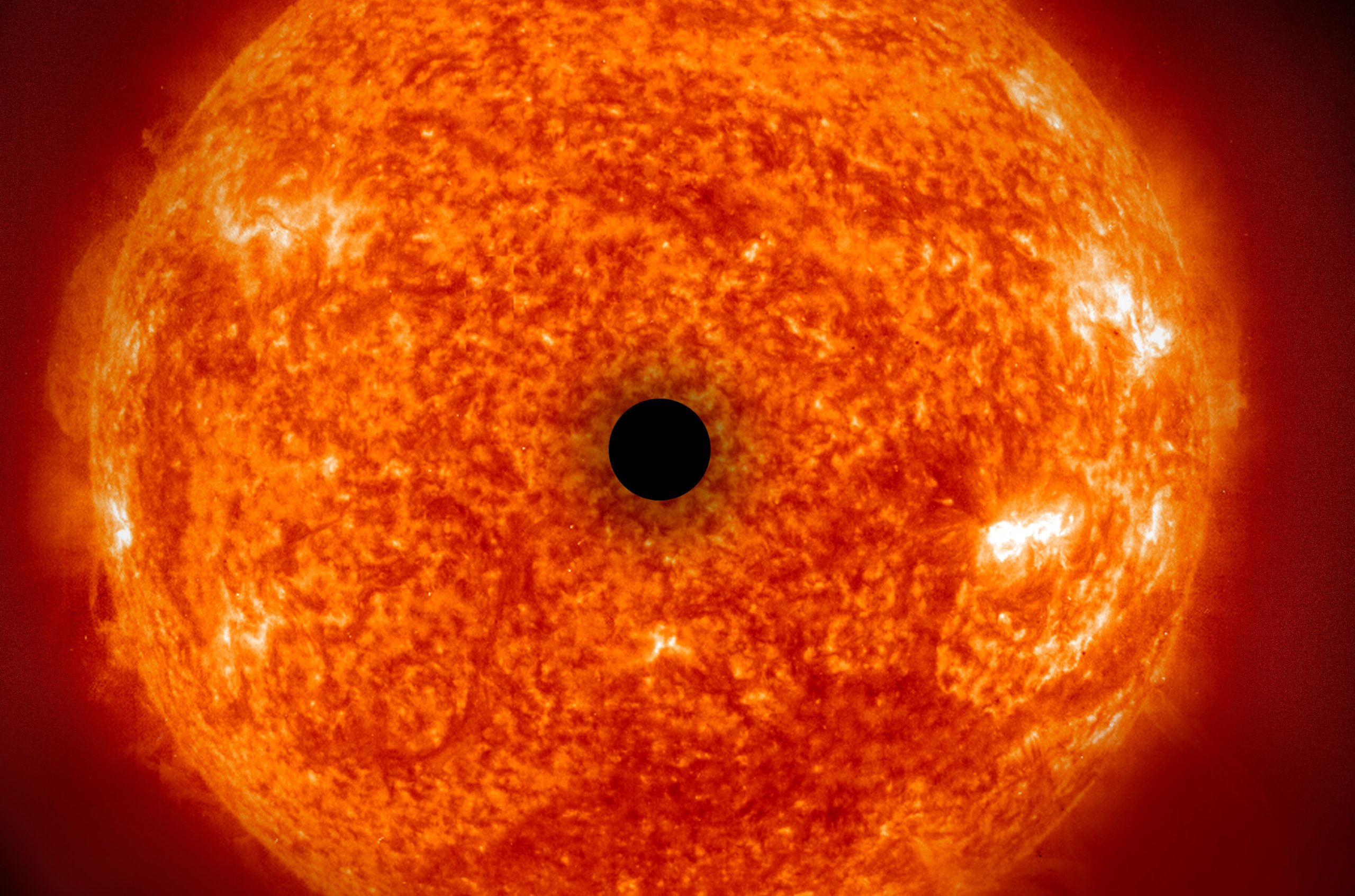
The tangled history of humanity’s search for the solar system’s uncharted planets.

Renate Loll has helped pioneer a radically new approach to quantum gravity. She assumes that the fabric of space-time is a blend of all possible fabrics, and she has developed the computational tools needed to calculate the far-reaching implications of that assumption.

Experiment linked qubits using a supercold wire over 30 meters long.

From ancient fables to the latest science theory, invisibility represents some of humankind’s deepest fears and desires
“Metalenses” created with photolithography could change the nature of imaging and optical processing.

Why do we use the logistic and softmax functions? Thermal physics may have an answer.
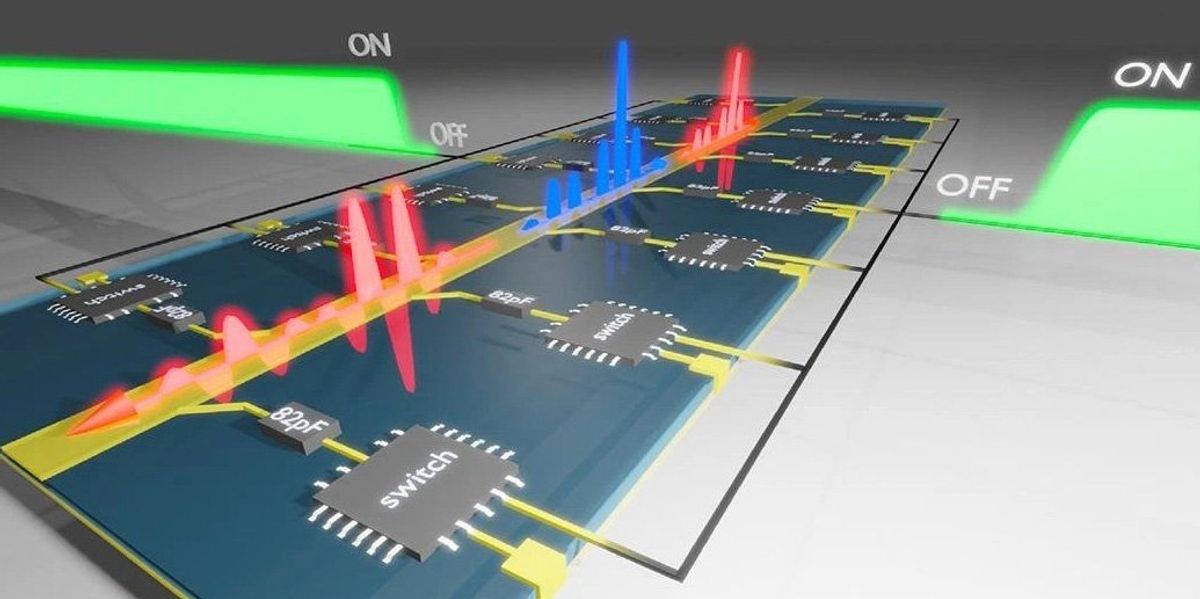
There are already applications in wireless, radar, and optical-computing

Maintenance of the software that’s used for the hardest physics calculations rests almost entirely with a retiree. The situation reveals the problematic incentive structure of academia.

Scientists used a quantum computer to explore the ultimate escape route from a black hole.
{MetaDescription}
Extrinsic semiconductors have been doped with specific chemicals. This process helps to modify the electrical properties of a relatively pure semiconductor crystal.

The root of today’s quantum revolution was John Stewart Bell’s 1964 theorem showing that quantum mechanics really permits instantaneous connections between far-apart locations.

They can fall from potentially infinite heights and survive. They can pivot off of nothing to land on their feet. Scientists still can’t fully explain why.

Ionic propulsion is typically pretty weak. However, this setup has potential.

The key to understanding the origin and fate of the universe may be a more complete understanding of the vacuum.
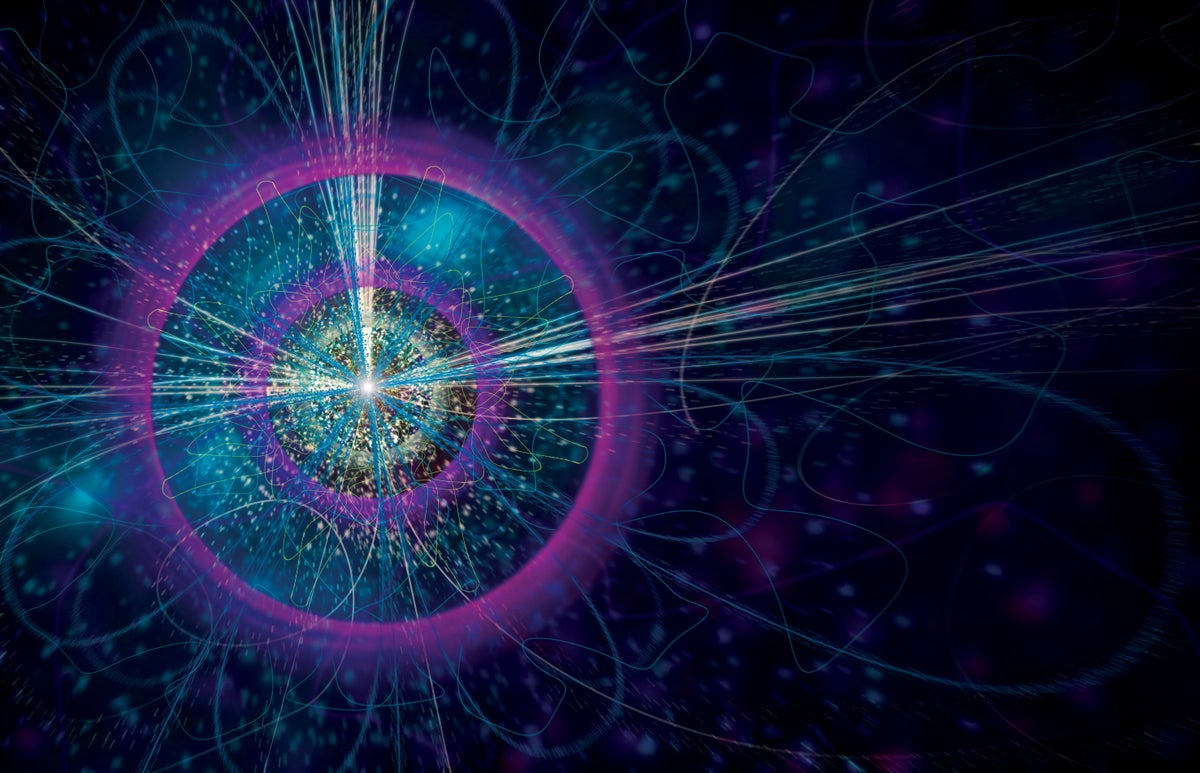
A new biography of the physicist and the particle he predicted reveals his disdain for the spotlight
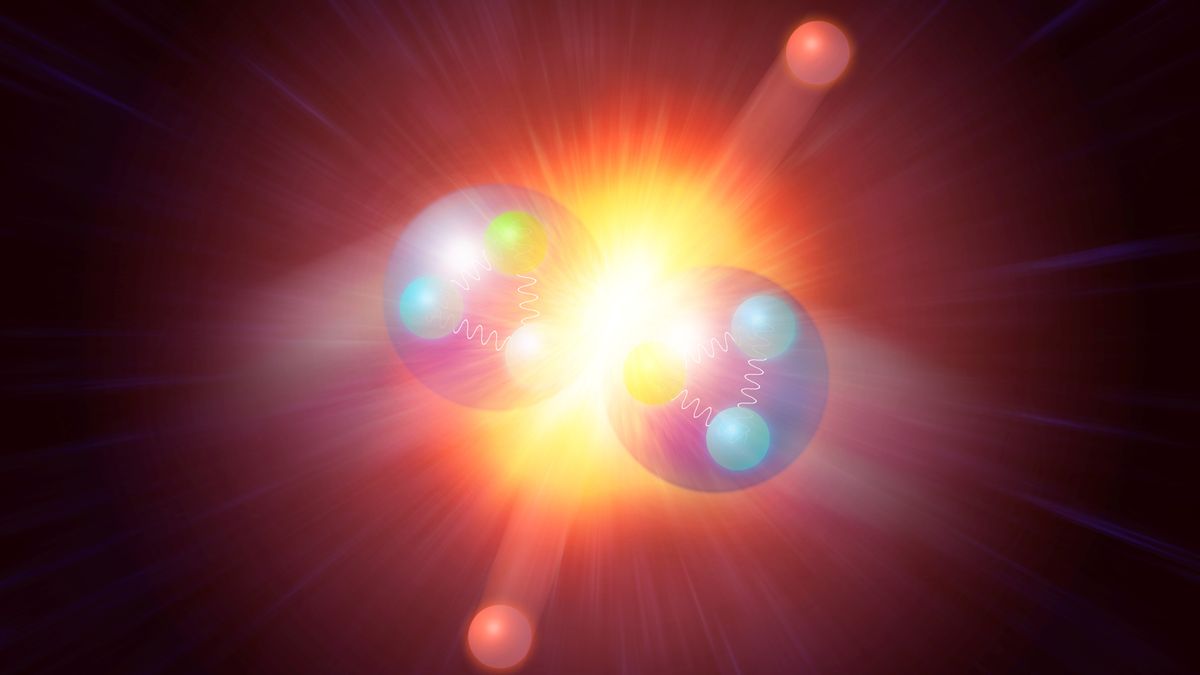
The existence of the Higgs boson completes the standard model of particle physics.

The color debate that broke the internet raised new questions about the relationship between perception and consciousness.
:extract_focal()/https%3A%2F%2Fpocket-syndicated-images.s3.amazonaws.com%2Farticles%2F7941%2F1654910604_62a3ed82a035b.png)
Some of today’s quantum physicists are tinkering with an esoteric phase of matter that seems to disobey some of our laws of physics.

Quantum computers may derive their power from the “magical” way that properties of particles change depending on the context.

The Fermi Paradox: There should be 100,000 intelligent alien civilizations in our galaxy — so why haven't we found any of them?

Masato Sagawa and John Croat explain how they invented the neodymium-iron-boron permanent magnet

Their magnetic fields—the strongest we’ve observed—could melt you from 1,000 km away.

Despite repeated claims that the prospects for commercialization have never looked brighter, the stark reality is that practical fusion-based electric power remains a very distant prospect.

Nature - The particle-smashing machine has fired up again — sparking fresh hope it can find unusual results.

Physicists are investigating if nuclear isomers could build the world’s most accurate clock or support the next generation of batteries.
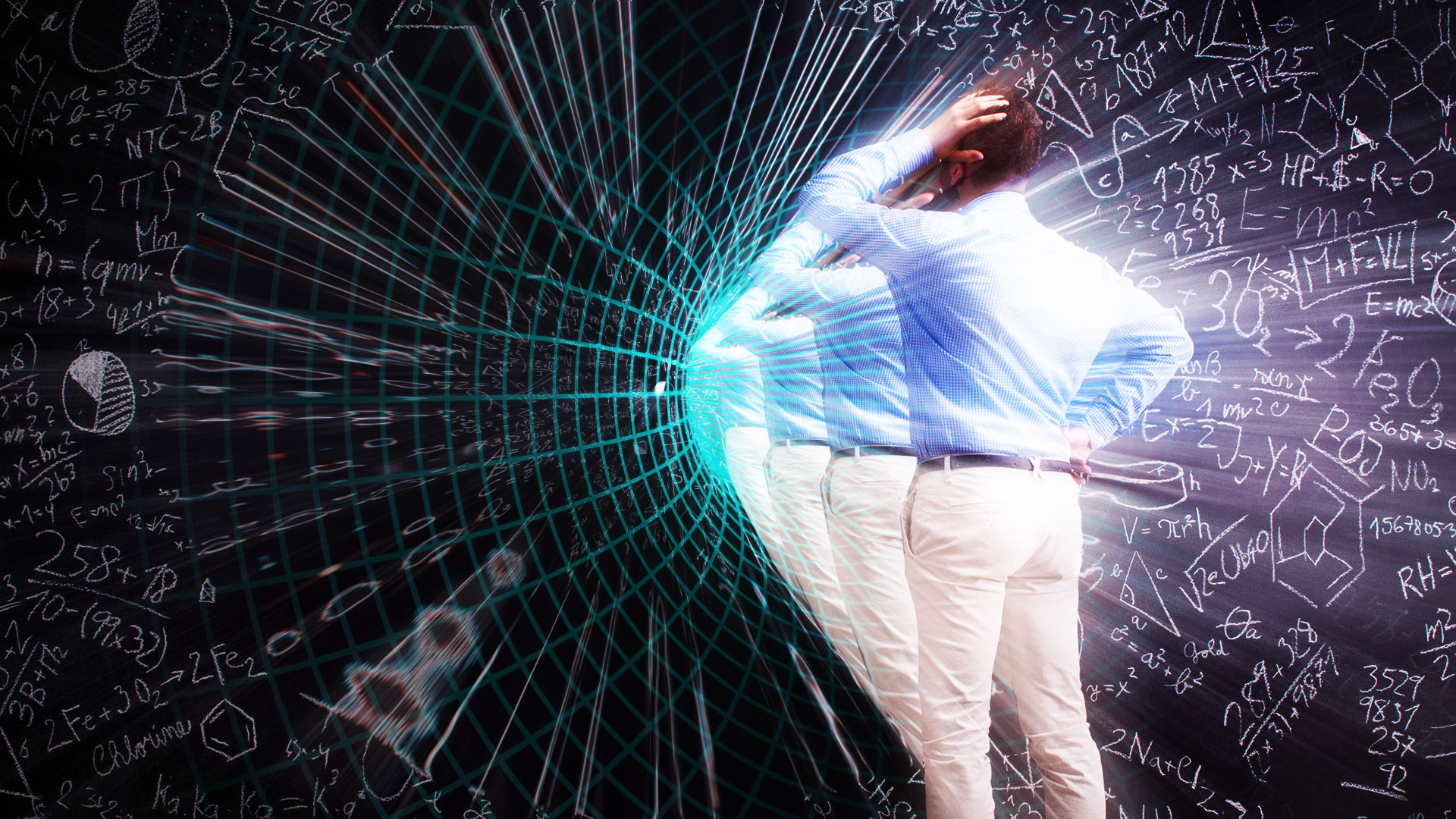
Planning a trip to the Andromeda Galaxy? Not so fast.

In the far infrared band of the electromagnetic spectrum, engineers are exploring the terahertz gap, which could lead to a wave of faster, more sensitive technologies.

Two teams have shown how quantum approaches can solve problems faster than classical computers, bringing physics and computer science closer together.
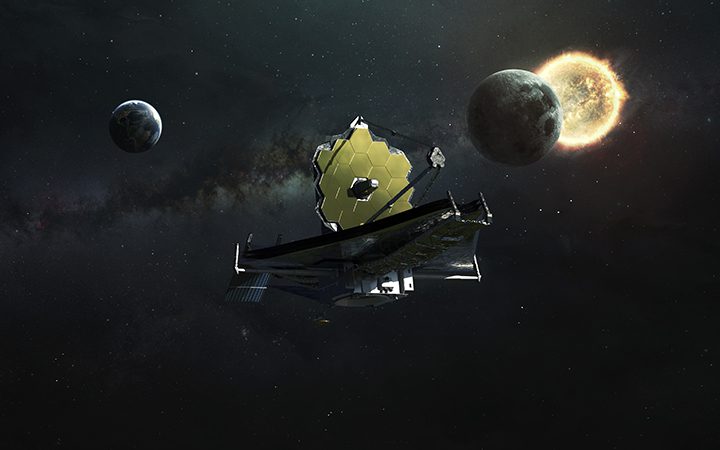
The James Webb Telescope, the long-awaited successor to the Hubble Telescope, was launched on Christmas Day, December 25th, 2021 and has, over the course of several weeks, been heading out to its final destination, an odd point in space called L2. While Lagrange points are well known to astronomers, they, and why the are important,… Read More »What Are Lagrange Points?

Antimatter has fueled many a supernatural tale. It's also fascinating all by itself.

James Clerk Maxwell's equations are a big deal in physics, explaining the fundamentals of electricity and magnetism. Here's the gist of how they work.

For the first time, a large high-temperature superconducting electromagnet was ramped to a field strength of 20 tesla, the most powerful magnetic field of its kind ever created. The demonstration helps resolve the greatest uncertainty in the quest to build the first fusion power plant that can produce more energy than it consumes, according to project leaders at MIT and startup Commonwealth Fusion Systems (CFS).
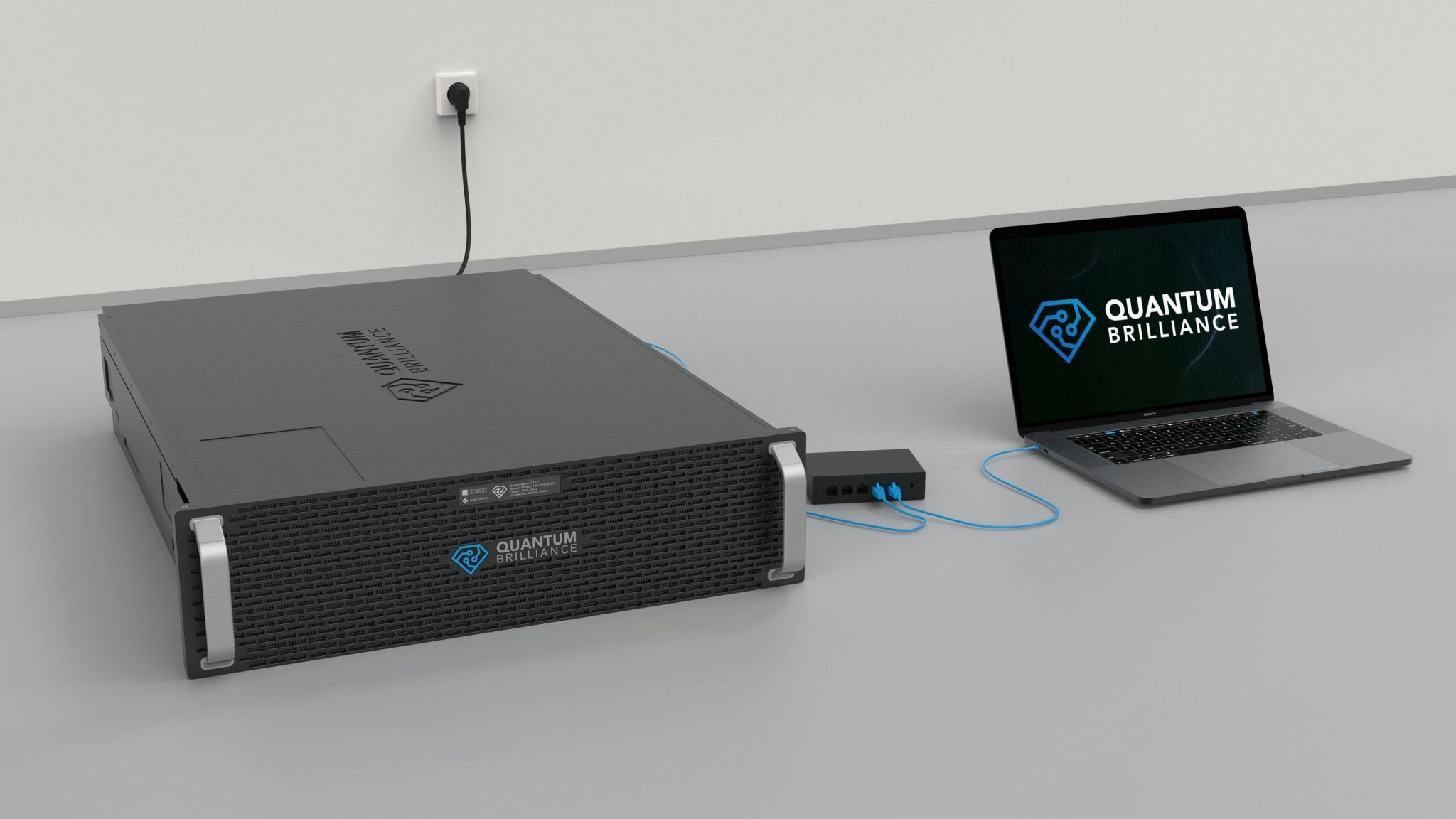
Quantum Brilliance has developed a diamond-based quantum computer that can run at room temperature and be miniaturised.

Even scientists who were skeptical of work at the National Ignition Facility called the results a success.

Which knot is the strongest?

Researchers are taking a closer look at this science-fiction staple—and bringing the idea a little closer to reality
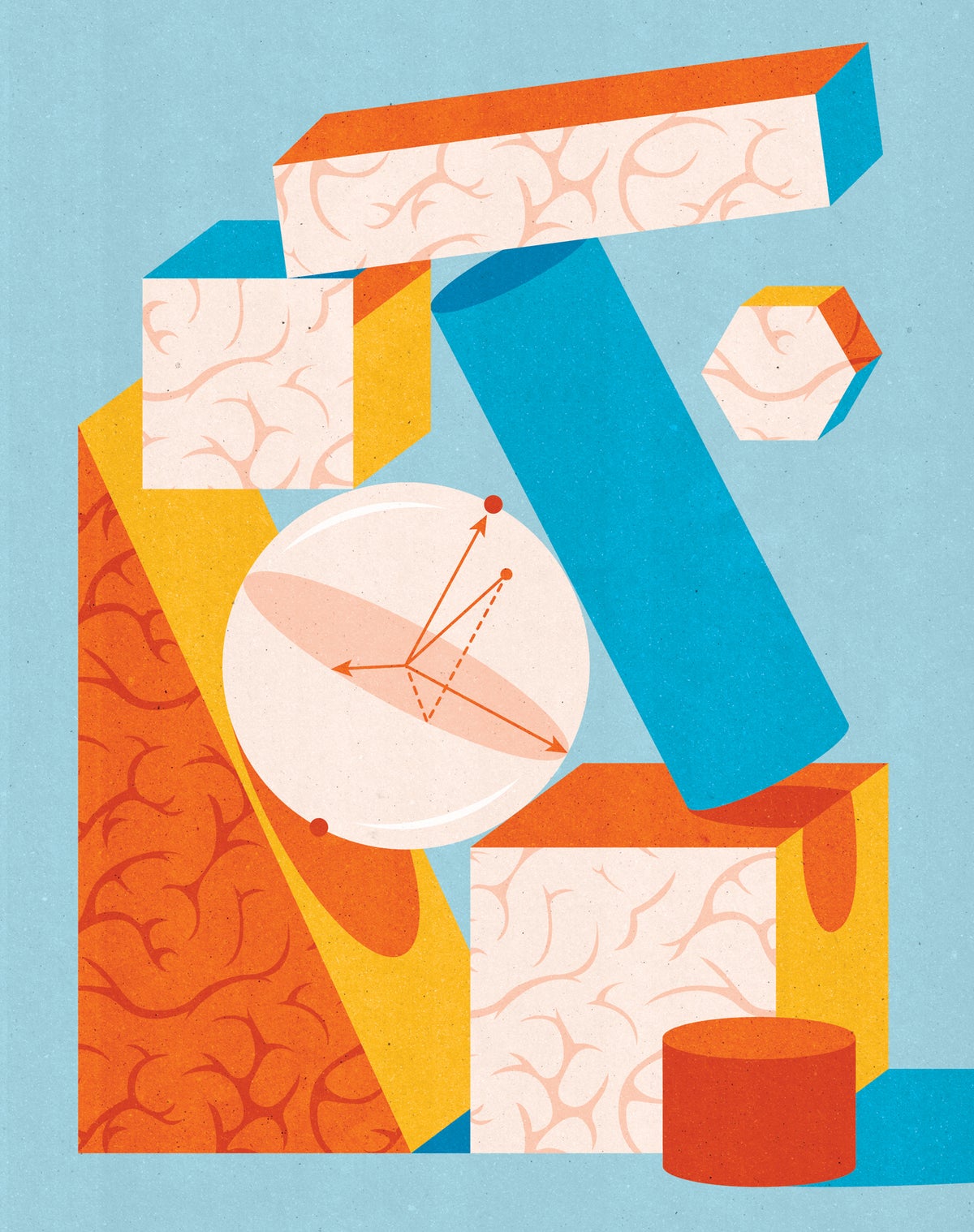
Originally built to speed up calculations, a machine-learning system is now making shocking progress at the frontiers of experimental quantum physics

To understand what quantum computers can do — and what they can’t — avoid falling for overly simple explanations.

The accelerating effort to understand the mathematics of quantum field theory will have profound consequences for both math and physics.

The thorny thought experiment has been turned into a real experiment — one that physicists use to probe the physics of information.

One day a “magic carpet” based on this light-induced flow technology could carry climate sensors high in the atmosphere—wind permitting.

The theoretical physicist Andrei Linde may have the world’s most expansive conception of what infinity looks like.
:extract_focal()/https%3A%2F%2Fpocket-syndicated-images.s3.amazonaws.com%2Farticles%2F5788%2F1601049982_M-Theory_2880x1920.jpg)
The mother of all string theories passes a litmus test that, so far, no other candidate theory of quantum gravity has been able to match.
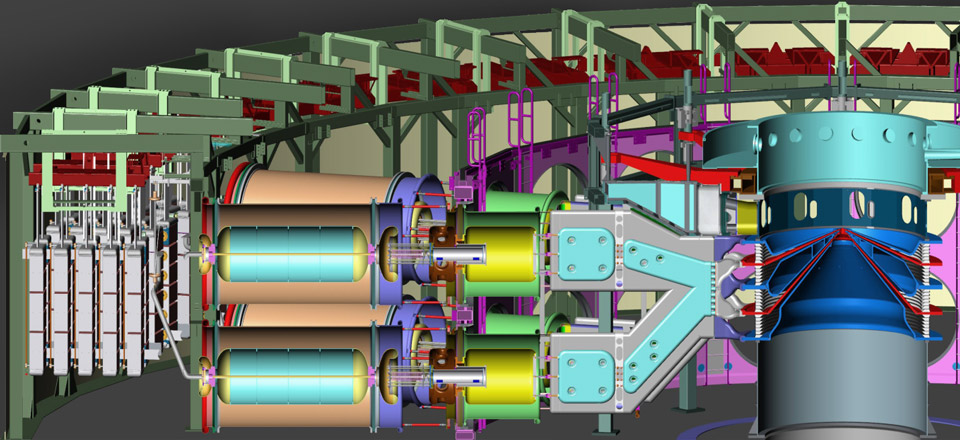
Marx Bank Generator Marx Bank. Each Marx bank has sixty 2.6 μF capacitors (43 nF per Marx when erected) that are charged in parallel and discharged in series. When charged to 85 kV its output voltage is 5.1 MV, and stored energy is 20 MJ for all 36. (For a 90 kV charge it is 5.4 MV and 23 MJ.) W...

Theoretical physicist Sabine Hossenfelder, who probably is the smartest person on her block, has fun in her latest video skewering the scientific braggart.Photograph by Francisco De Legarreta C. / Unsplash Nautilus Members enjoy an ad-free experience. Log in or Join now . The other night I was out on our street with the neighbors for […]

Featuring paradoxical black holes, room-temperature superconductors and a new escape from the prison of time.

For decades, Jim Woodward dreamed of a propellantless engine to take humans to the stars. Now he thinks he’s got it. But is it revolutionary—or illusory?
:extract_focal()/http%3A%2F%2Fstatic.nautil.us%2F6031_b56ea7b6aa77f6f9008bc9362fab3597.jpg)
After a decade, Peter Woit still thinks string theory is a gory mess.

Logic tells us that antimatter should have annihilated the Universe. So why hasn’t it?

Physicist: Black holes and space are both black, so there’s that. But while black holes tend to be very small, space is bonkers big and filled with just enough stuff to give astronomers thin…

Black holes formed right after the Big Bang aren’t common enough to be dark matter.

Hobbyists say Jackson Oswalt of Tennessee is youngest person to achieve fusion

It’s tempting to think science gives a God’s-eye view of reality. But we forget the place of human experience at our peril

Researchers fly the first atmospheric aircraft to use space-proven ionic thrust technology
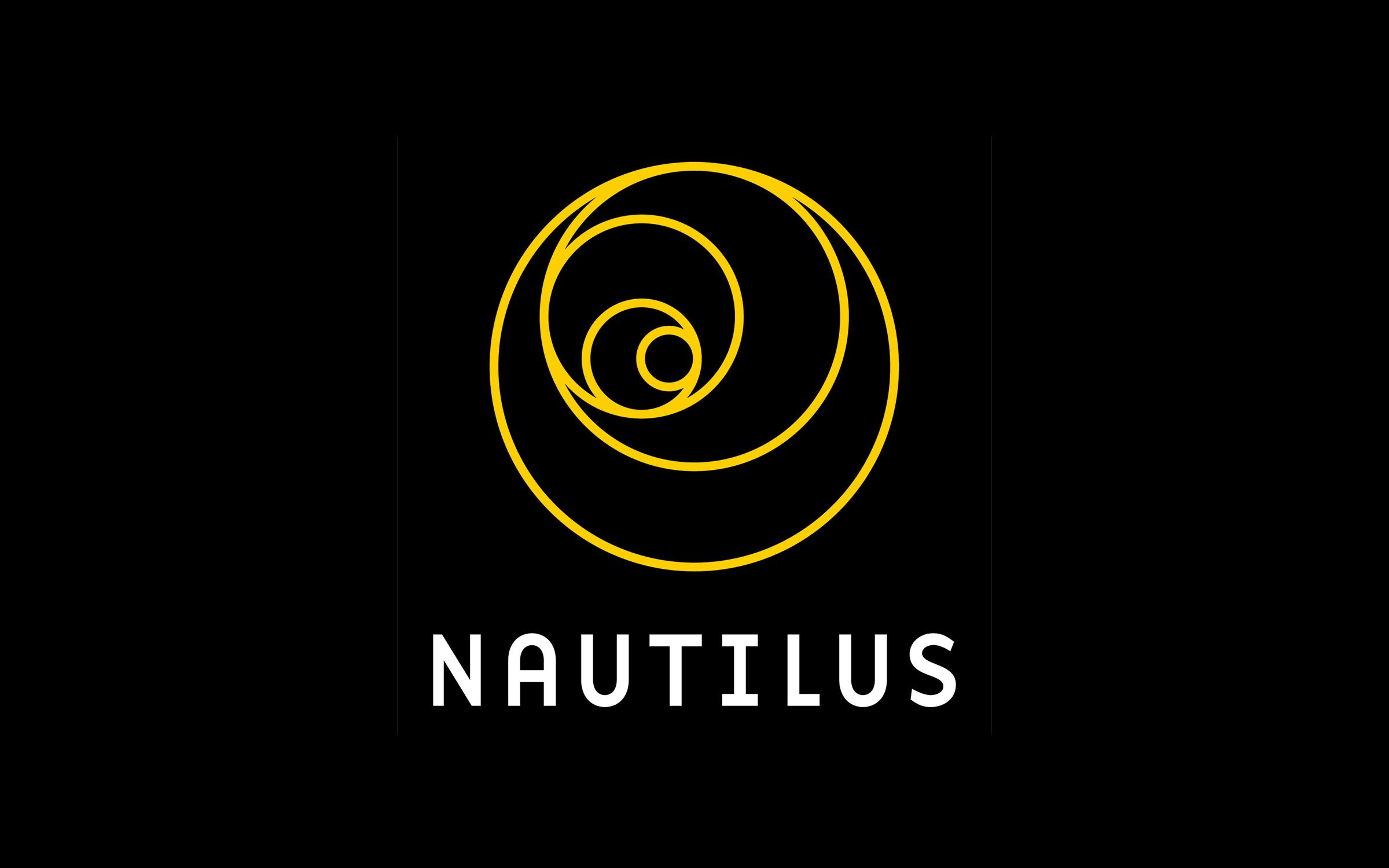
Nautilus is a different kind of science magazine. Our stories take you into the depths of science and spotlight its ripples in our lives and cultures.

Helium may not seem harmful, but the gas, a byproduct of fusion, can destroy metal, making fusion power a distant dream. A new material could change that.